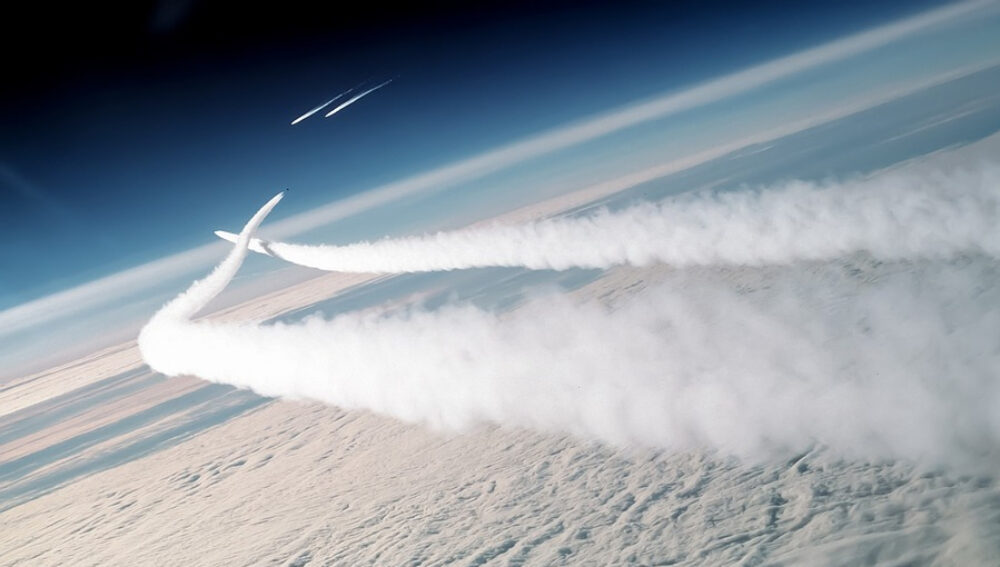Say ‘air superiority’ and people instinctively think of highly manoeuvrable aircraft, silk-scarfed fighter pilots, the Battle of Britain and perhaps Top Gun. That is all somewhat last century though. Manned aircraft are no longer always essential to either gain air superiority or even exploit it, as Russian combat operations in the Donbas region of eastern Ukraine demonstrate. Here a kind of air power different to our normal expectations is being employed.
While Russia quickly seized Crimea in February 2014, the Donbas proved more problematic. Ukrainian land forces gradually recaptured lost territory supported by the Ukrainian air force. In mid-June though Russia pushed back, introducing various types of man-portable air defence systems (MANPADS – mainly SA-18) and radar-guided surface-to-air missile (SAM) systems (mainly SA-11). The MANPADS were used in Ukrainian territory principally by proxy forces while the radar-guided SAMs crossed the border occasionally, were employed and then quickly returned back to Russian territory. This shoot-and-scoot tactic seems to have shot down a high-flying An-26, a Mig-29, a Su-25 and an Su-24M together with Malaysian Airlines MH-17.
Overall, ten military helicopters(five Mi-8 and five Mi-24) and eight military fixed wing aircraft (An-30B, An-26, Il-76, two MiG-29s, two Su-25s and an Su-24M) were shot down. Some 89 personnel were killed with the greatest loss of life being the Il-76 shoot-down that killed 58. By the end of August, Russia had gained control of the air over the battlefield almost solely through using SAMs, rendering the Ukrainian air force ineffective and allowing Russian land forces to freely manoeuvre
Russia exploited this air superiority exclusively using drones. Russia has deployed some 14 different types of drones ranging from high-altitude surveillance UAVs flying along the border to small quadcopters. Of particular note is that Russian tactical drones in the Donbas are closely integrated with artillery and rocket units. Artillery has a prominent place in Russian military doctrine. Whereas for Western forces, artillery supports manoeuvre, for Russian forces, manoeuvre supports artillery – which then finishes off the engagement. Some 85% of the Ukrainian land force casualties have been caused by Russian artillery and rocket attacks. An American observer noted that in one attack:
“in a three minute period… a Russian fire strike wiped out two mechanized [Ukrainian] battalions with a combination of top-attack munitions and thermobaric warheads.”
Ukrainian forces consider that if a drone flies overhead and locates them, a Russian area attack from mobile artillery and multiple launch rocket systems can be expected within 10-15 minutes.
Please click here to read the full “Other peoples’ air power: Air superiority without fast jets” article published at The Central Blue, written by Griffith Asia Institute Visiting Fellow, Dr Peter Layton.








